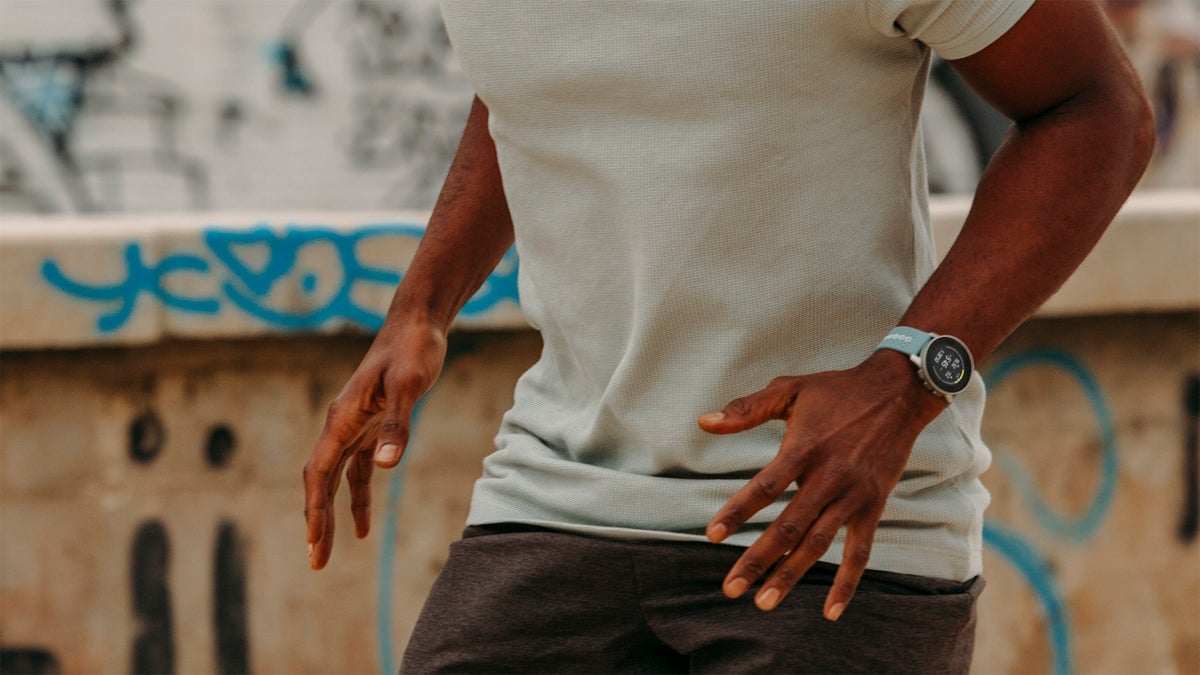No products in the cart.
Outdoor Adventure
Two Months With the Suunto 9 Peak
A couple months ago, I got my hands on the new Suunto 9 Peak, the brand’s thinnest fully featured sports watch to date. As someone with small wrists, who routinely struggles to get big, clunky wearables to fit right, I was intrigued: could such a small watch actually match the capability of those heftier models? The short answer: almost. The longer answer: it misses a few things, but makes up for it in other significant ways, and has officially become my watch of choice.
The biggest sacrifice is battery life. Suunto claims that the 9 Peak lasts seven days in regular daily heart-rate tracking mode and 25 hours in “performance” GPS mode (three other battery modes allow you to select less-frequent GPS pings in exchange for longer battery life). However, I found that one Saturday in daily tracking mode plus a two-hour long run was enough to bring the battery from 100 percent down to 30. When I switched to a more battery-conscious mode, I got two of those days back-to-back before needing a recharge.
Regardless, I simply got into the habit of plugging it in overnight. A few times, I forgot and woke up to a battery around 15 percent. But my frustration was short-lived, because the included magnetic charging plate is scary fast. One morning, I watched my 9 Peak go from five percent up to 25—plenty for a 40-minute workout—in the span of about ten minutes. If you wanted to keep it on all night for the sleep-tracking metrics, you could get away with simply plugging it in while you get ready for bed, and get most of the way to a full battery.
Would I choose this watch for situations where I’d need it to run without a re-charge for more than 30-plus hours? Probably not. Would I choose it for an ultra-distance race with regularly spaced aid stations where I’d have a crew carrying a battery pack? You bet. In other words, I’d use it for pretty much anything other than a very long, unsupported adventure.
In every other way, the 9 Peak is just like other Suunto watches you’re probably familiar with. It has a blood-oxygen sensor, wrist-based heart rate tracking, customizable sport modes, a barometric altimeter, route mapping (through the app, available for iOS or Android), and a touch-screen interface that works well even when you’re sweaty. All that in a thin, light, sleek silhouette that’s comfortable and slick-looking enough to wear all day. Most importantly, I can dial in a snug fit on my small wrists without having to practically cut off circulation.
Source link

